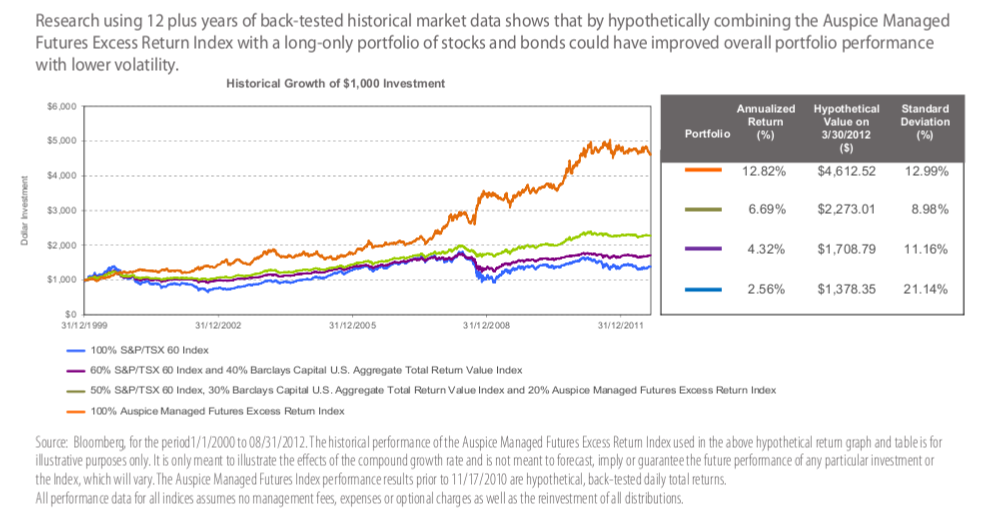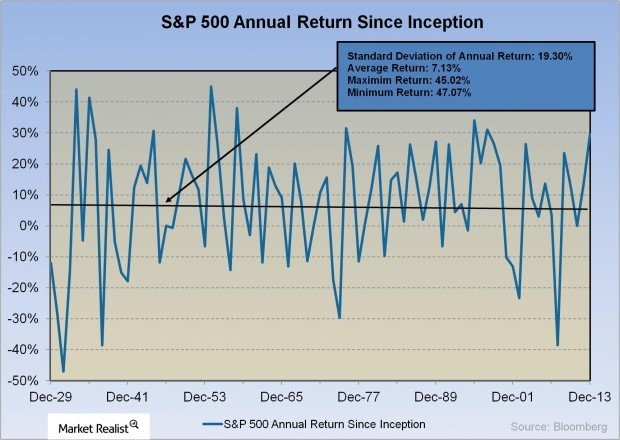Key Strategies To Avoid Negative Bond Returns Yahoo India Finance
Post on: 16 Июнь, 2015 No Comment

When it comes to financial markets, investors can be sure of three things: that markets will rise, fall and at times remain the same. Everything else is essentially up to chance, though investors can employ a mix of strategies to attempt to prudently navigate the ups and downs in the markets. When it comes to investing in fixed income or bond markets, portfolios can sustain quite a bit of damage when interest rates are rising. They can even lose if expectations are that interest rates will increase in the future.
The Primary Risks in Bond Investing
In order to navigate the risk of negative bond returns, investors must be cognizant of the primary risk factors that affect bond prices. The first is interest rate risk. Bonds fall in price when interest rates rise, because investors are able to invest in new bonds with similar features that pay the higher bond coupon rates. To equalize the market coupon rate, the existing bonds must fall in price. Secondly, bond prices can fall because of credit risk. If an existing bond receives a downgrade in its credit rating, it is less appealing to investors and they will require a higher interest rate to invest, which, again, occurs through a lowering of the bond price.
Credit risk can also affect liquidity risk, which is influenced by investor supply and demand. Low liquidity usually manifests itself through a widening of the bid-ask spread, or a greater difference in the quoted price between an investor that buys a bond from one that sells. Finally, other risks include call risk, which exists if a company is allowed to call in a bond and issue a new one. This almost always occurs in a period of declining rates. Finally, there is reinvestment risk, which takes place in a period of rising rates when an investor must reinvest a bond that has matured, for example.
Given the above risks, below are several strategies of how to avoid negative bond returns. Again, prices are at the highest risk of falling in a rising rate environment, but certain risks also exist during periods of falling or more stable rate environment.
Maintain Individual Bond Positions
The simplest way to avoid losses in your bond portfolio in a period of rising interest rates is to buy individual bonds and hold them to maturity. With this method, an investor is reasonably assured to receive principal back at maturity, and this method eliminates interest rate risk. The current bond price may decline when rates rise, but the investor will receive his or her original investment back at the defined maturity date of the bond.
Credit risk can also be eliminated, especially for stronger credit ratings because there is minimal risk that the underlying company becomes insolvent and is unable to pay back its debts. Liquidity risk is also eliminated by buying and holding a bond until maturity, because there is no need to trade it. In a period of declining interest rates, the one risk that cannot be eliminated is reinvestment risk, because the funds received at maturity will need to be reinvested at a lower coupon rate. However, this is a favorable outcome in a period of rising rates.
The main alternative to investing in individual bonds is through bond funds. In a period of rising rates, these funds will see their positions decline in market value. A key reason that these losses can be permanent is many fund managers actively buy and sell bonds, meaning they are highly likely to sell positions at a loss after a rise in rates, decline in credit rating or when a lack of liquidity may mean they have to sell at a lower market price. For these reasons, individual bonds can definitely make more sense.
Stay Short when Rates Rise
In a rising interest rate environment, or period where rates are projected to rise in the future, staying invested in bonds with nearer-term maturity dates can be important. Fundamentally, interest rate risk is lower for bonds that have closer maturity dates. Bond duration, which measures the sensitivity of a bond price to changes in interest rates, demonstrates that prices change less for closer maturity dates. At the shortest maturity date for money markets funds, they adjust immediately to the higher rate and in the vast majority of cases do not experience any loss of principal. Overall, staying on the shorter end of the maturity schedule can help the bond investor avoid negative bond returns, and provide for a pick-up in yield during a period of rising rates.

Sell Short Your Bonds
For more adventurous investors, there are some opportunities to short bonds. As with any security, going short means borrowing the security and anticipating a fall in price. after which the investor can buy it and return what has been borrowed. The market for shorting an individual bond is not large or liquid, but there are plenty of opportunities for individual investors to invest in short bond mutual funds and exchange-traded funds.
Other Considerations
There are, of course, many other strategies and combinations to employ to try and avoid negative bond returns. This includes hedging techniques, such as using futures, options and swap spreads to speculate on rising (or falling) rates along certain parts of the yield curve, or on specific bond classes or credit ratings. Inflation rates and expectations for future inflation are also important considerations when investing in bonds. Inflation-adjusted bonds, such as Treasury Inflation Protected Securities, can help investors reduce the damage that inflation can do on real bond returns.
As detailed above, investing in bond funds can be tricky in a period of rising rates, but they do have benefits in that the investor is outsourcing his or her capital to a bond professional that should have a fair level of expertise in specific bond strategies in a mix of interest rate environments.
The Bottom Line














